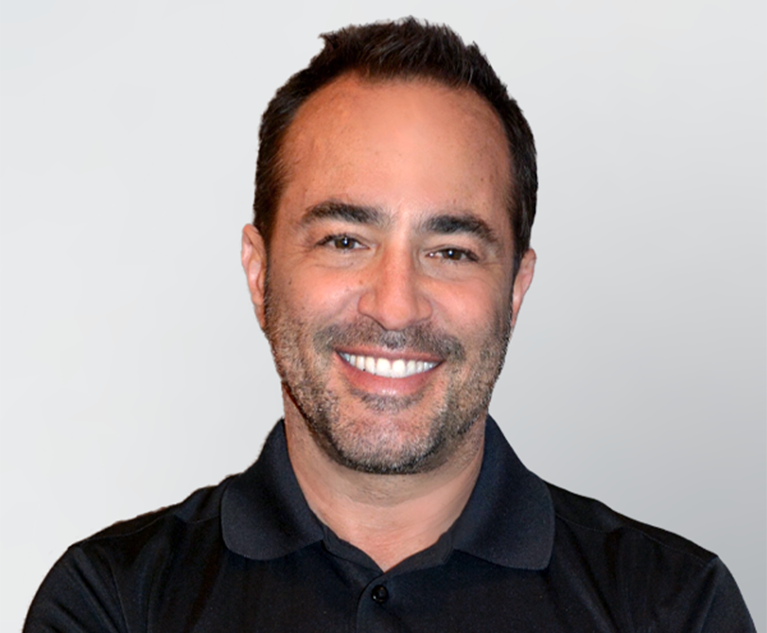 How can insurers take analytics to thenext level and use alternative data sources to broaden engagementwith digital consumers? (Photo: Shutterstock)
How can insurers take analytics to thenext level and use alternative data sources to broaden engagementwith digital consumers? (Photo: Shutterstock)
Insurance has always been a data-driven business — just ask anyactuary or underwriter. However, the incredible volume of personalinformation becoming available through sensors, third-partyaggregators, and other alternative sources, as well as the evolvingtechnology tools to make sense of it all, have not only bestowed anincredible bounty on the industry but are raising red flags aswell.
|A running theme throughout Deloitte's "2020 Insurance Outlook: Insurers adapt to grow in avolatile economy" is how insurers should takeanalytics to the next level and use alternative data sources tobroaden engagement with digital consumers. The outlook alsoemphasizes the flip side, looking at potential pitfalls of expandeddata access and analysis, including heightened cybersecurity andprivacy considerations.
|Opportunities and challenges involvinganalytics were front and center at a recent symposium on "Datain the New: Transforming Insurance." There was a mixture of hypeand caution expressed during the event, which was run by the TobinCenter for Executive Education at St. John's University. A widerange of speakers from the worlds of insurance, InsurTech, andacademia spent the day sorting through new products, processes,and business models that may be enabled by alternative data, alongwith possible speed bumps likely to be raised by regulators andprivacy advocates.
|It's about quality, not quantity
With so much real time information in hand and far more on theway as sensors proliferate in vehicles, homes, commercialbuildings, machinery, and wearables, insurers trying to make sense of itall may feel like they're trying to drink from a fire hose. Yetmore is not necessarily better. Indeed, some at the eventwarned that insurers could drown in a flood of data if they're notcareful about how they parse and utilize all this newinformation.
|For example, some of the academics questioned the return oninvestment in auto telematics. How much does it cost to collect andleverage all the data being gathered about driving behavior versusthe relative value received? How are loss probability and pricingmodels being affected? What's the outcome of underwriting andpricing decisions based on telematics versus the use of traditionalproxy data, such as age, type of vehicle, or credit score? Moreresearch likely needs to be conducted before insurers canconfidently assess whether telematics is more predictive — and ifso, whether it is more predictive enough to make a significantdifference in their bottom line.
|A few of the speakers even wondered whether debating traditionalversus alternative auto insurance data is worthwhile given theongoing experimentation with autonomous cars. Should driverlessvehicles become the rule rather than the exception somewhere downthe road, that could eventually render not just telematics buttraditional auto policies obsolete by taking drivers out of theequation, moving the risk largely into the realm of product andprofessional liability underwriters. Given such uncertainty, howmuch should insurers be investing in collecting and analyzing suchdata in the short term?
|Of course, sensors are driving more than just auto insurance —with data via embedded devices supplemented by alternativeinformation collected from social media, third-party aggregators,and even drones. The biggest question will likely not beaccessibility, but utilization. How might artificial intelligence(AI) and advanced analytics be deployed to generate actionableinsights and allow insurers to monetize all this raw material? Howcould enhanced connectivity and alternative data help reinventconventional insurance policies and influence productdevelopment?
|Privacy concerns on the rise
Meanwhile, insurers should expect an intensifying privacy debateas consumers and lawmakers challenge assumptions and conclusionsbased on alternative data and/or how it is collected. For example,if a consumer indicates on a life insurance application that theydo not smoke, is it okay for the insurer to check social media tosee if there is a picture of them smoking, or use voice recognitionprograms to check for evidence of smoke-related vocal damage? Howabout confirming an applicant's weight — should they be allowed toapply facial recognition technology to determine the prospect'sbody mass index?
|On the property-casualty side, is it all right for a workers'compensation insurer to fly a drone over a claimant's home to seeif they are really incapacitated, perhaps catching them mowing thelawn, doing roof repairs, or swimming in the backyard pool? Asinsurers have access to more personal information from a growingvariety of sources, potentially thorny ethical questions such asthese will likely need to be sorted through.
|Data and analytics validity may be questioned
The validity of alternative data and analytical tools toleverage it may also be challenged. Regulators will likely want apeek into an insurer's "black box" to examine the algorithms or AIprompting alternative data-based decisions on underwriting,pricing, and claims. Are automated systems valid, fair, andunbiased? One could argue that the human actuaries, underwriters,and claims adjusters handling such decisions with traditionalmethods may have similar issues to address. However, while you maynot be able to argue with an intelligent machine or automatedalgorithm, regulators can still hold the people using them atinsurance companies accountable.
|Those at the symposium discussed a three-part test that insurersmay soon face to assess the validity of alternative data andrelated processing programs. How open and able they are inresponding could make the difference in winning over skepticalregulators and customers:
- Is there an actuarial basis for what the insurer concluded fromits alternative data and analytical programs? What is thecorrelation? How valid are the underlying assumptions? Howpredictive is the result?
- Is there a difference between an actuary's or underwriter'sopinion and an AI-generated decision? What about professionaljudgment? Is there a sound and reasonable justification showingthat alternative data has a causal link to the risk being assessed?Is there any human oversight or regular audits of machine-drivendeterminations? Can AI-based decisions be appealed?
- How easily can AI determinations be defended? Is the accuracyof alternative data independently validated — particularly whenpurchased from third parties? And might there be any disparateimpact, even unintentional, affecting any particular group?
Full disclosure could make a difference
Even if all the new data being collected is found to be reliableand the analytical systems employed deemed fair and reasonable,there remains the more fundamental question of how much disclosureinsurers should be required (or choose) to make. As morealternative data become actionable via advanced analytics and AI,insurers will likely be called upon to provide defensibleexplanations.
|A Deloitte research paper on privacy releasedearlier this year suggested insurers and other financial servicesfirms should be more transparent about how they collect data, whythey need it, and, most importantly, how sharing it might benefitnot just the company but the consumer. Insurers may be able todiscourage resistance, avoid conflicts, and perhaps evendifferentiate by treating alternative data as a tradable assetrather than just a compliance consideration relegated to mandatoryprivacy statements that most people likely never read — or if theydo, may not understand. Proactive engagement could set the stagefor improved customer experience, greater service options, and morecost-effective solutions.
|There are several potential advantages for insurers,individually and as an industry, in clearing all these hurdles.Alternative data and advanced analytical tools could enable a hostof game-changing transformations in how insuranceis marketed, distributed, priced, and administered. Among thepossibilities:
- Greater customization to support the gig and sharing economies,with carriers determining via telematics what kind of insurance abuyer needs, and when.
- Rethinking a policy's value proposition by turning insurance(where carriers pay for damages after the fact) into assurance(where they help policyholders prevent losses from happening, totheir mutual benefit).
- Enabling real-time support systems, such as providing healthand fitness advice as well as services in conjunction with a lifeinsurance policy, or safety monitors built into employee clothingby workers' compensation carriers.
- Automatically-triggered parametric insurance based not on aclaim being filed, but an event taking place, or a thresholdreached.
Unfortunately, insurance is still too often an undifferentiatedproduct sold to a generally indifferent or reluctant consumer. Thatcould change if carriers play their cards right with alternativedata, AI, and advanced analytics by making insurance a moredynamic, individualized, and customer-driven service.
|Click here for a copy of Deloitte's "2020 InsuranceOutlook." You may also click here to listen to an archived version ofDeloitte's Jan. 8, 2020, outlook webcast.
|Former National Underwriter Editor in Chief Sam J. Friedman([email protected]) is insurance research leaderat Deloitte's Center for Financial Services in New York. Follow Samon Twitter at @SamOnInsurance, as well as on LinkedIn.
|These opinions are the author's own. This piece is publishedwith permission from Deloitte. See www.deloitte.com/about to learn more aboutDeloitte's global network of member firms.
|Also by this contributor:
Want to continue reading?
Become a Free PropertyCasualty360 Digital Reader
Your access to unlimited PropertyCasualty360 content isn’t changing.
Once you are an ALM digital member, you’ll receive:
- All PropertyCasualty360.com news coverage, best practices, and in-depth analysis.
- Educational webcasts, resources from industry leaders, and informative newsletters.
- Other award-winning websites including BenefitsPRO.com and ThinkAdvisor.com.
Already have an account? Sign In
© 2024 ALM Global, LLC, All Rights Reserved. Request academic re-use from www.copyright.com. All other uses, submit a request to [email protected]. For more information visit Asset & Logo Licensing.








